Menu






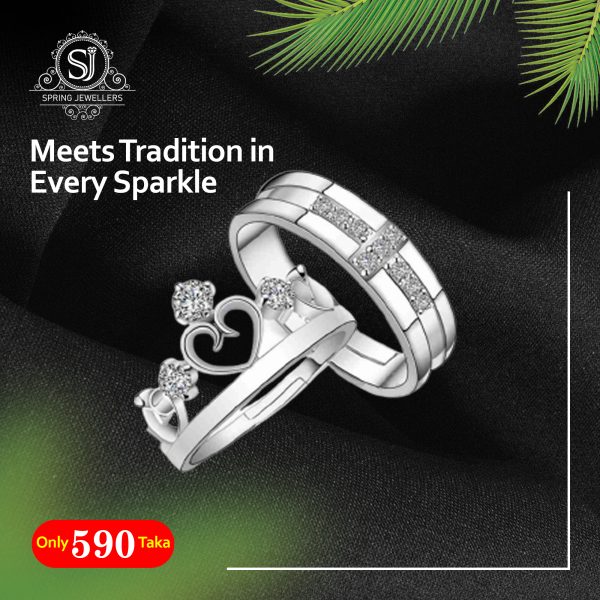
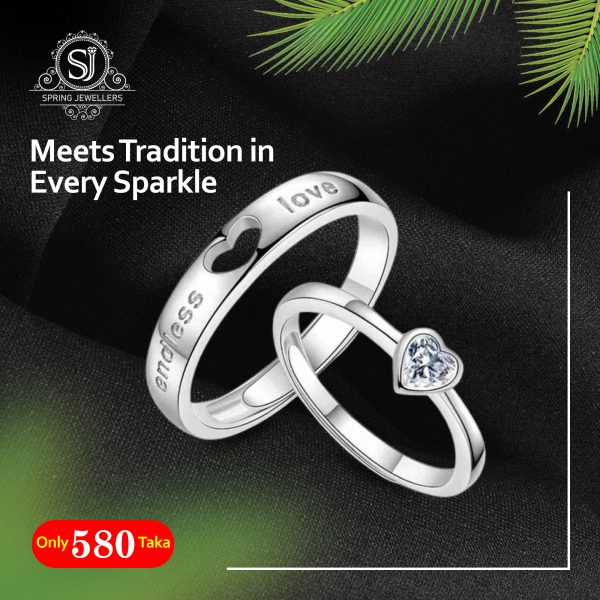
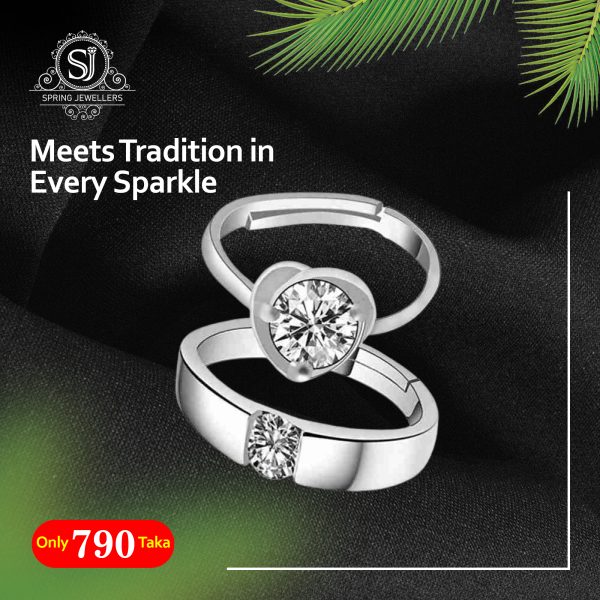
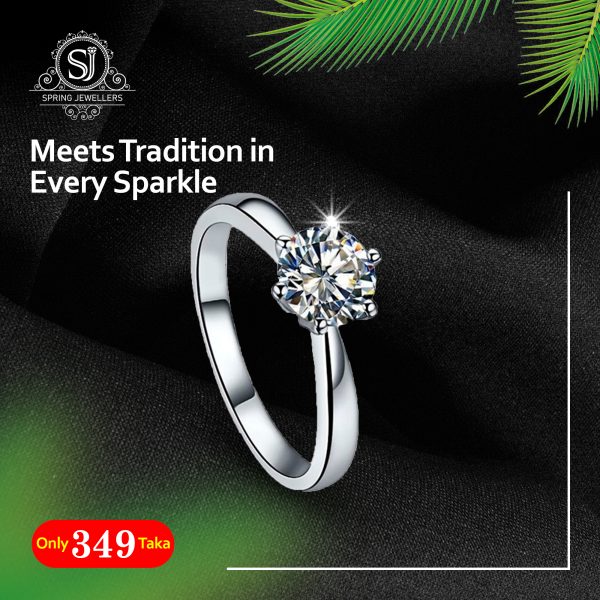

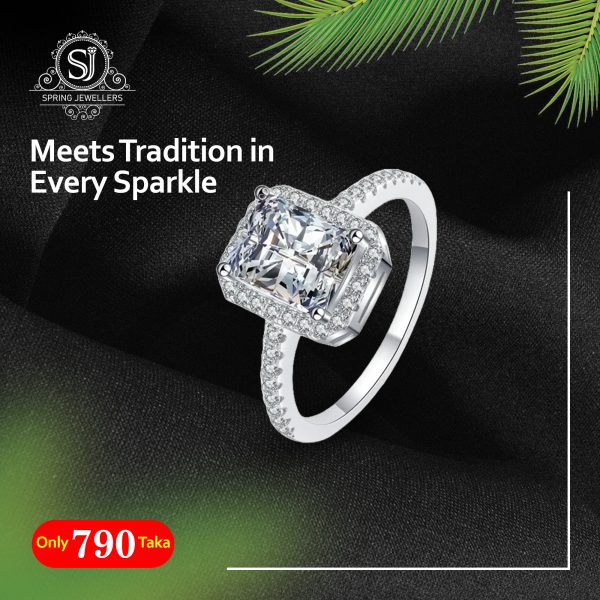




Introduction
Jewellery is derived from the 13th century French word: jouel and it has been around since the dawn of man. But when traced back further, jewellery has its origins in the Latin ‘jocale’ meaning plaything. A jewellery is basically any piece of material – animal bone, shell, wood, carved stone, gold or diamond – that adorns the human body.
In society, jewellery has always been known to be associated with wealth, power and status. For example, in ancient Rome, only certain ranks could wear rings on their fingers. In the Indian culture as well, jewellery plays a significant role in conveying ethnic and spiritual meanings. For example, bridal jewellery symbolises the welcoming of the bride into her new life as a married woman.
There are many other occasions aside from your wedding to don jewellery, including picking out something for office wear, to gift to someone, or just for your everyday wear. Whatever the season, jewellery designs have evolved over the years to match contemporary tastes, and even more so in the modern day. Latest jewellery is no longer just a jeweller in jewellery stores tinkering and moulding the perfect piece against a hot flame; instead with the advent of technology, jewellery today is akin to wearable art!
What are the different jewellery styles to choose from?
• Traditional jewellery
Temple jewellery, handmade jewellery, jadau, ivory , and filigree jewellery are some examples of traditional jewellery. They are mostly handmade, display intricate handiwork with and without gemstones. Artisans in India have a long history of producing some of the most exquisite designs modelled on deities, floral and animal designs and embody an old-word charm. The jadau jewellery designs were brought to India by the Mughals and form and intricate mix of design, gemstones, gold and enamelling word. Ivory jewellery is believed to bring a new bride good luck. Filigree on the other hand showcases fine bead work and delicate twists.
• Fashion jewellery
Also known as costume jewellery, this type of jewellery includes designs that reflect the modern woman’s sensibilities. She seeks convenience and comfort, along with style. Which is why one might find that this jewellery type may steer away from heavy designs as well as precious stones, engravings, gold and diamond, and choose cheap metals, pewter and gold-plated instead. For wearers of fashion jewellery, it is the look and feel of the jewellery that matters.
• Bridal Jewellery
As the name suggests, the purpose of this kind of jewellery is extremely specific and given the many different cultures around the world, their variety is possibly innumerable. In India, brides can choose from a wide variety of intricate jewellery designs, stunning patterns and beautiful colours to match her trousseau and glam up her do and her day.
• Gold Jewellery
Gold signifies prosperity and gold jewellery is deeply connected with every Indian occasion. Furthermore, from temple jewellery to filigree, mangalsutras to rani haars, earrings and nose pins to anklets and toe rings – gold is used to make every kind of jewellery that Indians wear. In the olden days, the designs in gold jewellery were significantly bigger and heavier. Over the course of time however, those same designs may not be relevant to jewellery
wearers today.
• Diamond Jewellery
In comparison to gold jewellery, diamond jewellery definitely seems to be more sought-after in the present day. One can see the appeal – a plethora of designs and sizes, categories and jewellery pieces. From stud earrings to solitaire rings, from elaborate necklaces to chic bracelets, diamonds make you shine every minute of every day. You can pair them with your work wardrobe just as well as you will be able to with your wedding glamour.
• Kundan Jewellery
Although ‘kundan’ in Sanskrit means pure gold, this type of jewellery refers to a style of gemstone setting. They are usually uncut diamonds or polkis that are wrapped using 24 carat gold foil between the mount and the stone. Other gemstones commonly used in kundan jewellery include emerald, sapphires, rubies, and pearls. Modern-day kundan jewellery also includes semi-precious stones such as onyx, turquoise and others.
• Minakari Jewellery
Minakari is the Indian art of enamelling gold with vibrant colours and mesmerizing designs. It is possibly the most regal type of jewellery design and has historic significance. The uniqueness in minakari jewellery are its vibrant colours that are achieved by melting metal oxides into powdered glass. In Lucknow, for example, the most prominently used colours by craftsmen are green and blue, while in Varanasi, it is dusky pink.
Categories of Jewellery
• Earrings
Earrings are among the most popularly worn jewellery and come in varies types – studs, hoops, jhumkas, cuffs, sui dhaga and so many more.
• Pendants
A small statement jewellery worn like a talisman but can double-up as a charm on a bracelet.
• Rings
Mostly popular as part of the engagement or wedding tradition, but rings are a kind of jewellery that are also worn by champions, exclusive groups or clubs, and others.
• Mangalsutra
This jewellery is adorned by married women in India to signify the union between her and her husband.
• Chain
A light-weight piece of jewellery that is usually used to strong a pendant on or just worn on its own.
• Neckwear
A piece of jewellery that will adorn your neck to accentuate it and your neckline.
• Nose pin
Nose pins are jewellery that are vogue and look extremely attractive. You can choose from a variety of studs and rings.
• Neckwear set
A complete set of jewellery that comprises a necklace and paired earrings to complete your look.
• Bangle
Circular, rigid and ring-shaped adornment of the wrist. Usually made from gold, this piece of jewellery can also be available in gold and platinum.
• Bracelet
The rigidity of the bangle when removed becomes a bracelet. It may also include an array of materials and charms to accentuate your wrists.
• Pendant and earring set
These can be worn at both family functions and work events paired with both ethnic wear and office casuals.
• Gold coins
More accessible and can be later used to make jewellery.
FAQs
How do I pick the right Jewellery for me?
To pick the correct jewellery for yourself, find something that matches your personality. Next, consider the occasion for which you’re choosing jewellery and lastly, check if it will pair well with your planned attire.
Choose from our online jewellery store
What jewellery design looks best?
Preference for jewellery designs vary from person to person. There are however popular types and designs such as gold jewellery and diamond jewellery, kundan jewellery and minakari jewellery, and more.
How do I pick a daily jewellery?
Choose a jewellery based on the convenience of carrying it, how comfortable it is, and if it matches your style.
Buy from our exclusive range
Which jewellery accessory is important for bridal jewellery?
The most important jewellery will depend on your wedding goals. But a few must-haves include necklaces, earrings, nose pins, rings, bangles, anklets, and a mangalsutra.
What are the different types of jewellery designs?
Jewellery designs are evolving every day as jewellers keep redefining this art. There are some popular designs that you can explore within traditional jewellery, diamond jewellery, jewellery, gold jewellery, and others.